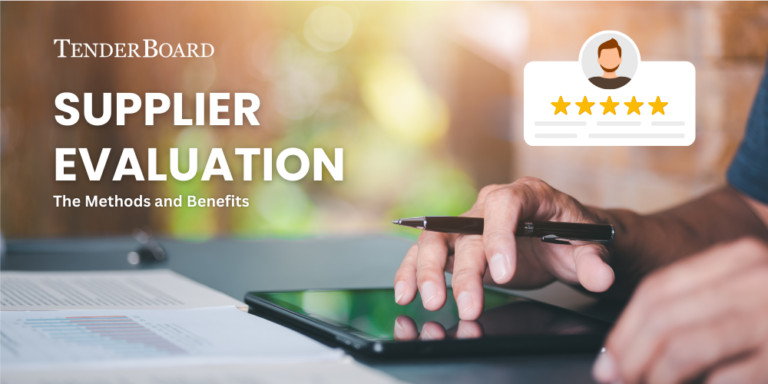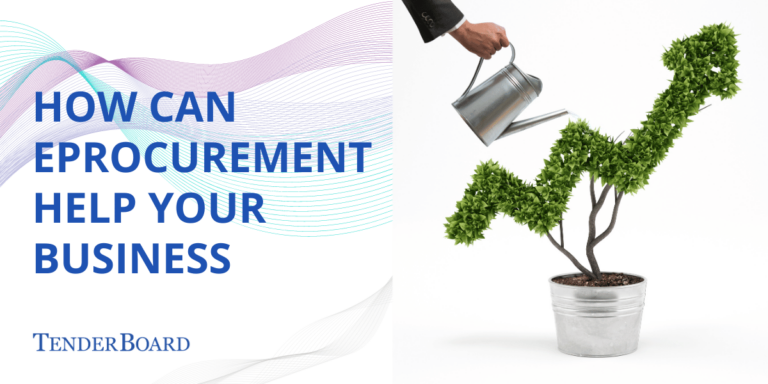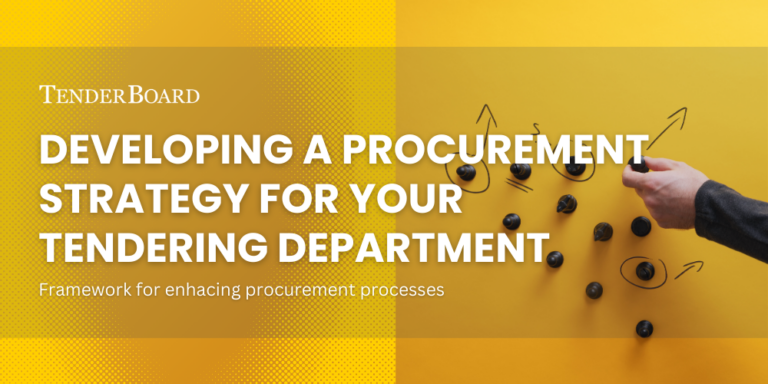What is centralised and decentralised procurement?
The whole decentralisation vs centralisation of purchasing debate has been going on for a while now. And many can’t seem to decide which model of procurement is better for them.
In this article, we will discuss what each type of procurement entails, the advantages and disadvantages of the centralization and decentralization of purchasing, and which one is better for your organisation.
What is centralised procurement?
The centralised approach is a procurement model in which centralised purchasing and contract management is conducted. This means that all of the organisation’s purchasing activities are managed by and approved by a single department.
This department works with all departments across the organisation to consolidate all the orders for products and services. This allows the centralised purchasing department to leverage economies of scale in order to secure the best prices for the organisation.
This applies to international organisations as well. This means that all the procurement requests made by the various branches around the world have to be approved by a single centralised department. Usually, a Purchasing Manager heads the department.
What are the advantages of centralised purchasing?
- One advantage of a centralised organisation is that it is able to provide a detailed and clear company-wide financial picture. This means that managers will know who is spending how much money on what supplies.
- Reduces cost spent on excess staff training and training facilitates training as only a single department is needed
- When data is centralised, users can compare suppliers and deals with historical data as well as cross-department spending, allowing the organisation to make better spend management and strategic sourcing.
- Centralised Purchases are generally prepared by a group of experienced users (e.g. Procurement/ Purchasing Team), therefore, many of them would have built long term relationships with the suppliers and have the knowledge and skills to negotiate for better deals.
- E-procurement systems can be used to streamline large amounts of paperwork used in centralised procurement. Some of the best ones come with features such as contract management, supplier management, and are even integrated with third-party software to allow organisations to set up seamless workflows.
What are the disadvantages of centralisation?
- Centralised purchasing can add unnecessary bureaucracy to each transaction. Local managers may lack decision autonomy due to this.
- If the organisation is multinational, the procurement process becomes too big or too complex to be managed efficiently
- Centralised Supply chain issues, such as lagging processing and delivery times may occur when a single purchasing department makes strategic buying decisions over local suppliers as they lack immediate access to local information.
What is decentralised procurement?
Meanwhile, decentralised buying is the direct opposite of centralised procurement.
With decentralized systems, each local office, division, or purchasing department has the power to order supplies at their own discretion. They do not need to seek approval from the company’s HQ or senior management.
What are the advantages of decentralised procurement?
- Each department is able to make on-demand purchases to meet immediate needs as there is no need to wait for approval.
- Managers of decentralised firms are in the best position to understand the needs of their local branches. It makes sense to leave the decision purchase decision-making to them.
What are the disadvantages of decentralised purchasing?
- There are more and better opportunities for bulk purchasing. Departments can leverage economies of scale and negotiate better terms.
- Disorganised data often results from decentralised buying. This makes it very difficult for local managers to adhere to compliance regulations.
This also means that decentralised procurement makes it a lot harder to perform a proper spend analysis.
What about hybrid procurement?
Typically, organisations are either completely centralised or completely decentralised. But it doesn’t always have to be this way.
Hybrid sourcing systems were designed in order to balance the need for a centralised authoritative entity whilst allowing local managers to make their own decisions. Hybrid procurement models typically combine a central procurement HQ with buyers distributed across all local branches.
Which procurement model is best suited for your business?
Whether or not you should centralise or decentralise depends on the context.
In many enterprises, procurement is deemed as value-added rather than cost-saving, therefore centralisation might not be the most effective way of purchasing.
Meanwhile, for decentralisation to work, local team leads need to know the needs of their specific department well enough to oversee their buying.
Hybrid models, on the other hand, require stakeholders (senior management and ground staff) to communicate efficiently as well as tapping on the right tool to optimise the benefits.
At the end of the day, there is no one-size-fits-all solution and organisations will need to tailor their purchasing model to their specific needs.













